MUSEUM (Day 8 - part 3)
Influential Women of Conway display...
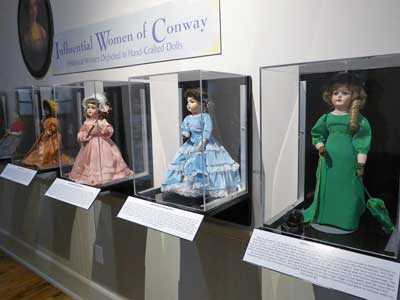
The dolls represent women who had made significant contributions to Conway prior to 1910. Each doll was handmade by Mary Danner Thompson and wear clothing styles from when they each lived.
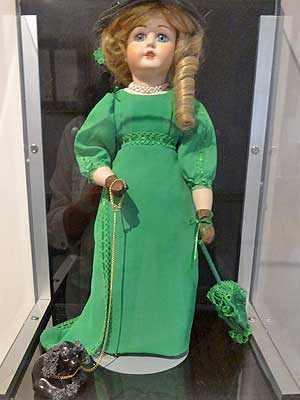
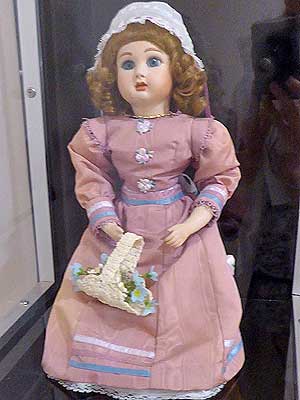
Juliana Conway & Sarah Norman
Juliana Easton Conway (1755 -1812) married Robert Conway (1753-1823) in 1771. They were residents in early Kingston.
Sarah Jane Beaty Norman (1791-1891) married Joshua S. Norman in 1811. They had 8 children and ran a hotel in Conway.
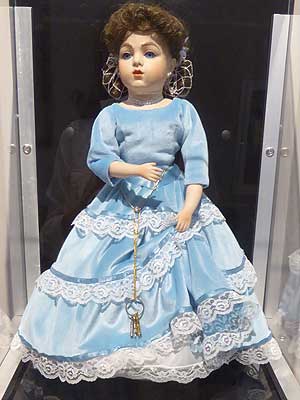
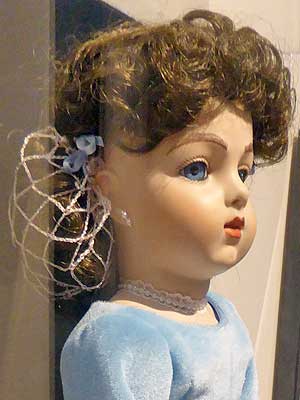
Frances Norton Norman Buck (1817-1885) married Henry Buck from Maine in 1838. They had 7 children.
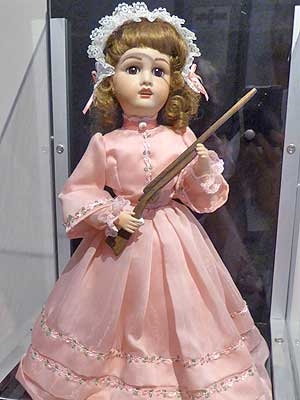
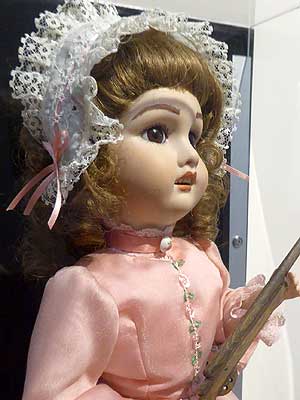
Mary Elizabeth Brookman Beaty (1824-1901) moved from Maine in the 1840s to work as a governess to Henry and Frances Buck's children. She married Thomas Wilson Beaty (1825-1886) in 1951. All five of her children died (two drowned in the lake behind their home). She helped save a large oak tree on Main Street from railroad workers who wanted to cut it down... her gun vs their axes.
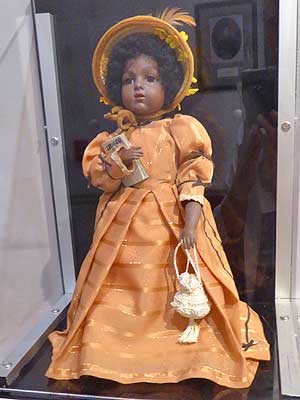
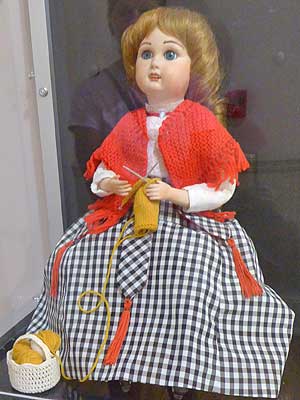
Henrietta Paisley & Adeline Cooper Burroughs
Little is known about Henrietta Paisley. There are only very few records from around 1836). She was a free black woman who bought some land, even though she had to have a white trustee act for her in business matters.
Adeline Cooper Burroughs (1846-1919) married F. G. Burroughs in 1866. He was 32, she was 18. In 1900, she renamed New Town into Myrtle Beach. After her husband's death, she managed his vast estate.
Military exhibits...
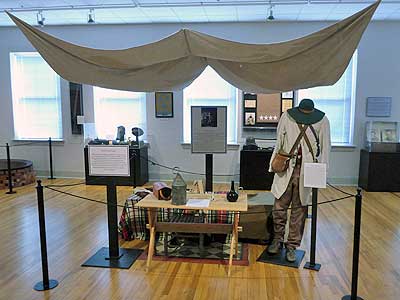
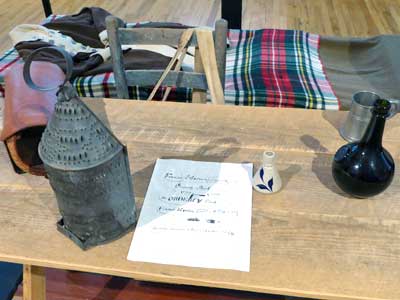
Peter Horry's camp. Horry played an important role in South Carolina's history during the Revolutionary War. Constantly on the move while fighting the British, American officers travelled light, carrying little more than simple bedding and furnishings.
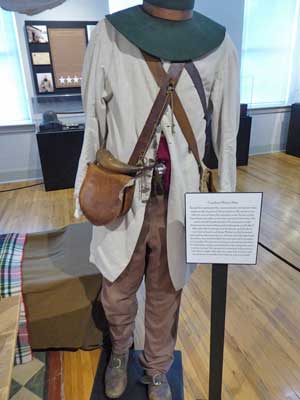
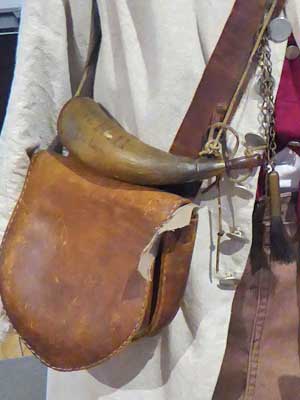
This Carolina soldier represents the common farmer and laborer who made up the majority of the population. As a volunteer militia man, he was required to bring his own supplies. He only fought when the war came close to his home. At other times, he stayed to tend the farm when he wasn't needed.

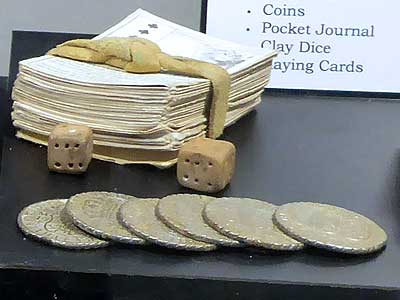
Typical items carried would include a cup, plate, utensils, wool stockings, shaving brush, comb, clay pipe, bullet mold, turkey call, buttons and thread, pocket knife, flint, beeswax candle, salt horn, coins, journal, clay dice and playing cards.
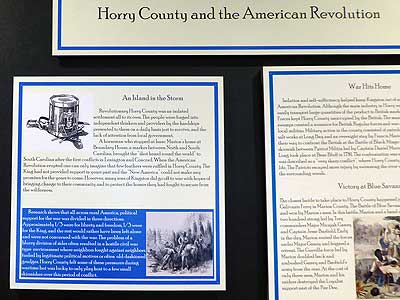

Isolation and self-sufficiency helped keep Kingston out of any large battles during the American Revolution. The many rivers and swamps made things difficult for British forces.
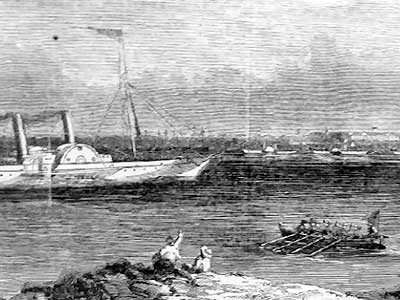
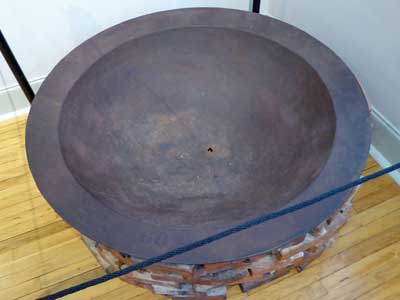
During the Civil War, blockade runners would sneak up inlets like Little River to bring in goods. ... Salt kettles were used to evaporate seawater in order to harvest salt crystals.
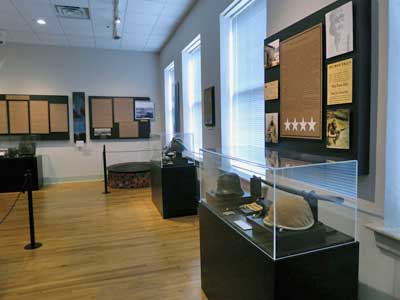
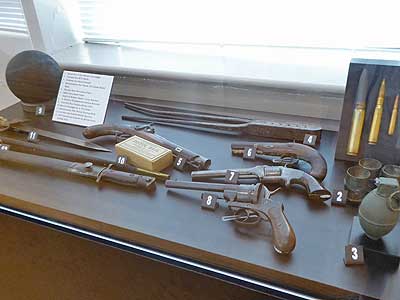
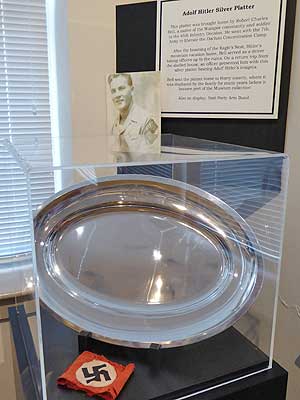
A silver platter owned by Adolf Hitler
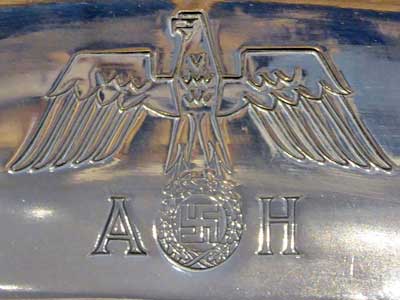
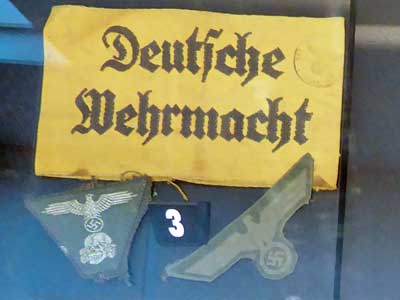
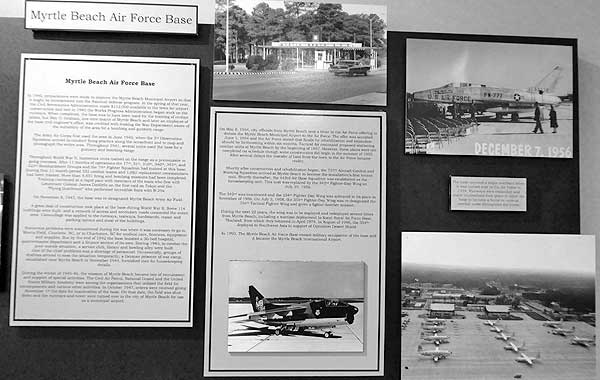
Starting in 1940, the area was used for firing practice as well as training combat teams. In 1947, the runways and towers were turned over to the city for use as a municipal airport. In 1954, the city donated it to the Air Force. And finally in 1993, it became the Myrtle Beach International Airport.
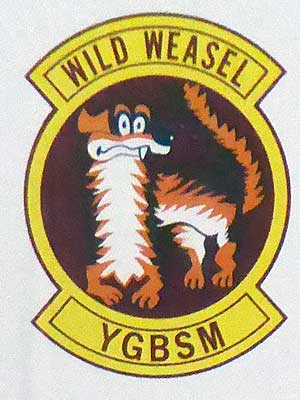
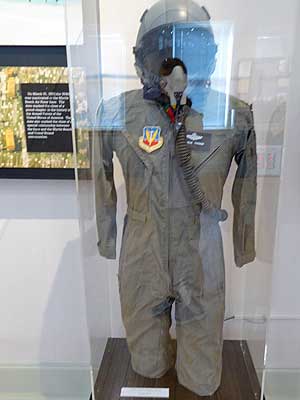
(left) Wild Weasel was a codename for aircraft equipped missiles for destroying enemy radars and surface-to-air missile installations.
Often, as much as 90% of a museum's collection is in storage. Rather than keep them hidden, this room was created as an open storage gallery....
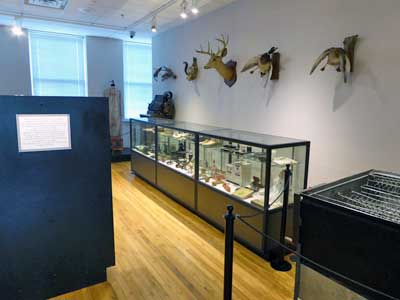

Unfortunately it was time to leave since we still had a few other things left to do on our list.

One such thing was a final walk on the beach.
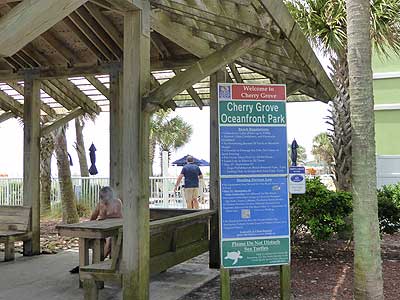
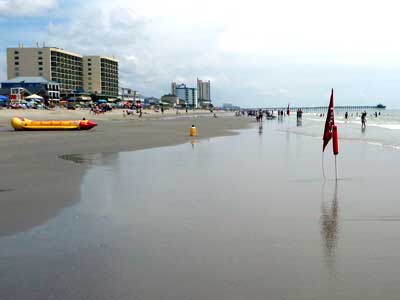
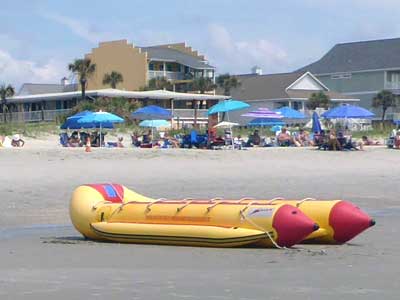
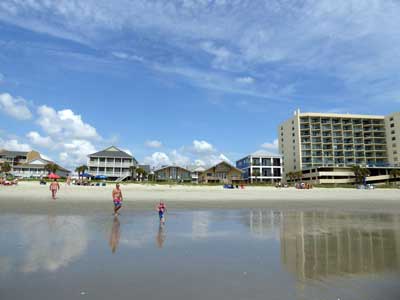
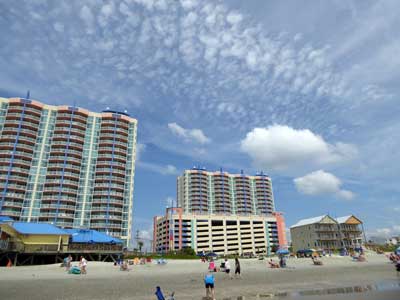
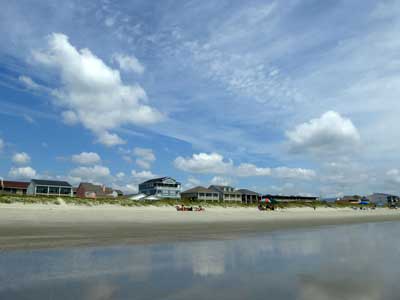


The Cherry Grove Pier
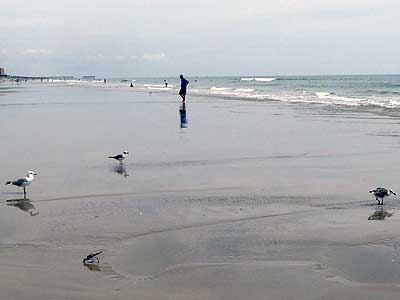
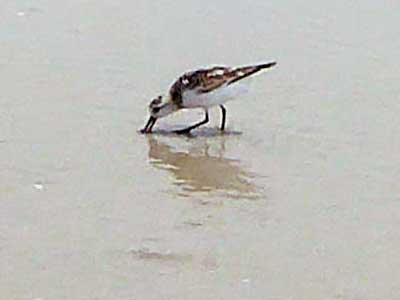
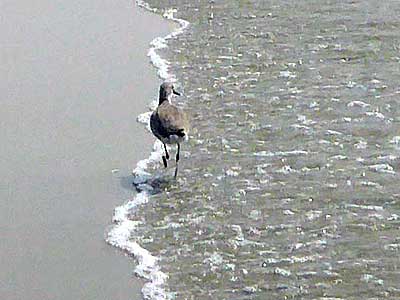
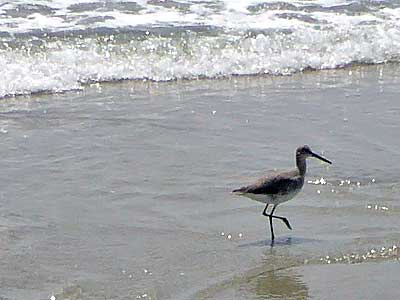
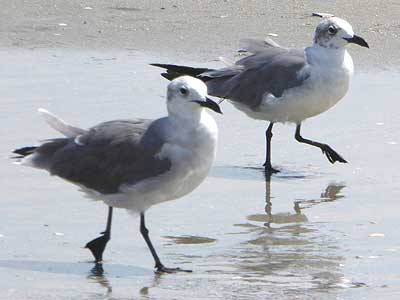
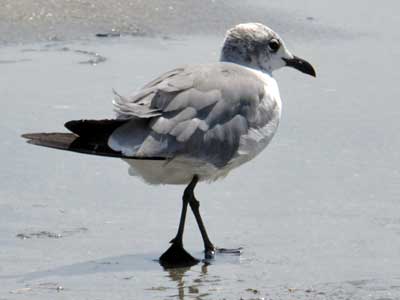
Laughing Gulls
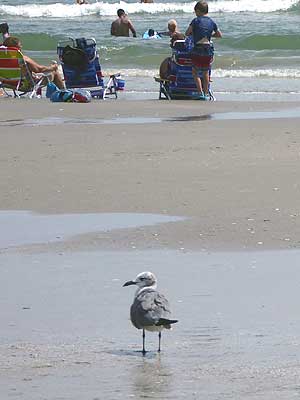
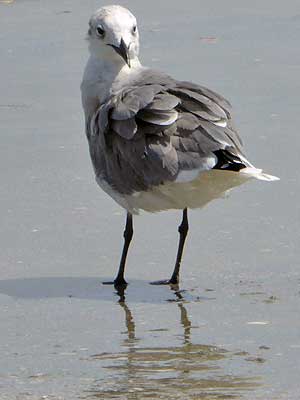
return • continue

